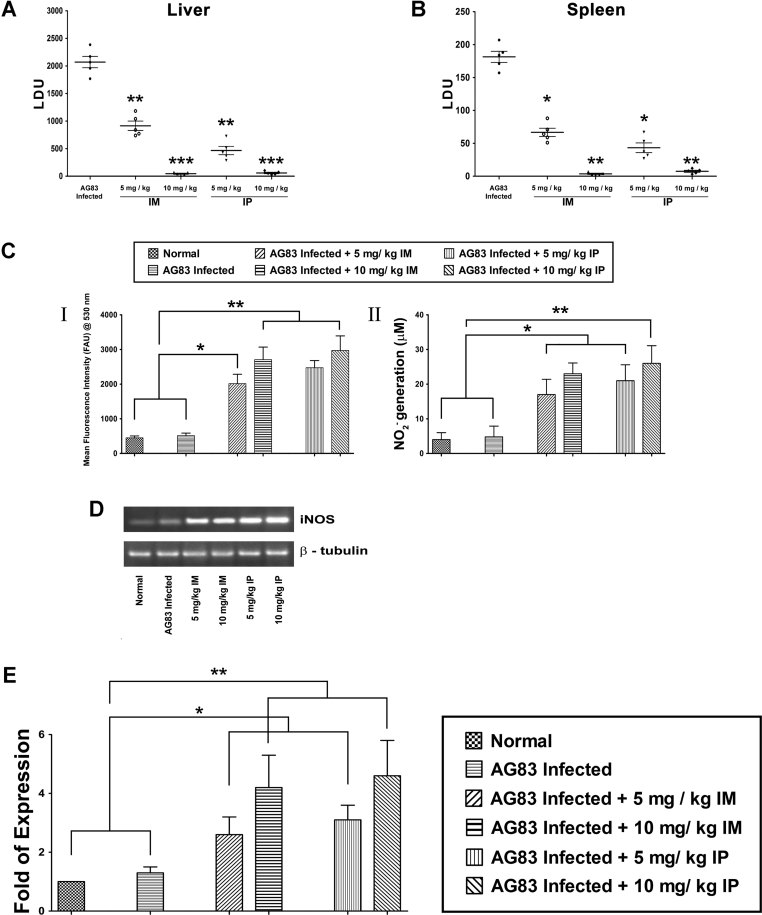Figure 6. Total parasite burden in BALB/c mice after niranthin treatment.
- A,B. In vivo leishmanicidal efficacy of niranthin in BALB/c mice infected with AG83 promastigotes via intracardiac route. Niranthin was given at a dosage of 5 and 10 mg/kg/day intramuscularly and intraperitoneally separately, for 3 weeks (2 times per week), starting on day 21 after infection. Animals were sacrificed 10 days after treatment and liver (A) and splenic (B) parasite load was determined for all groups. Untreated, infected mice were used as controls. Liver and spleen parasite burden were determined by stamp-smear method and expressed as LDU. Data represent mean ± SEM (n = 5 mice per group). *p < 0.05, **p < 0.01 and ***p < 0.005 (Student's t-test), as compared to different niranthin treatment with infection control.
- C. In vivo generation of ROS and NO from infected and cured BSLB/c mice. Following treatment with niranthin (5 and 10 mg/kg/day), splenocytes (2 × 106) from different experimental mice groups were isolated and incubated with SLA for 72 h in 5% CO2 incubator at 37°C. ROS generation was measured by H2DCFDA probe (I) and culture supernatant was used to evaluate NO generation by Griess method (II). Results are representative of one of the three experiments. Data presents means ± SD. *p < 0.05, **p < 0.01 (Student's t-test).
- D,E. iNOS mRNA expressions (D) were evaluated by RT PCR analysis of different experimental groups and fold of expressions (E) were calculated using Bio-Rad Quantity One software. mRNA levels were normalized to β-tubulin and expressed as a fold change compared to uninfected control. Data were representative of three experiments and expressed as means ± SD. *p < 0.05, **p < 0.01 (Student's t-test), compared to different niranthin treatment either with non-infected or infected groups.

